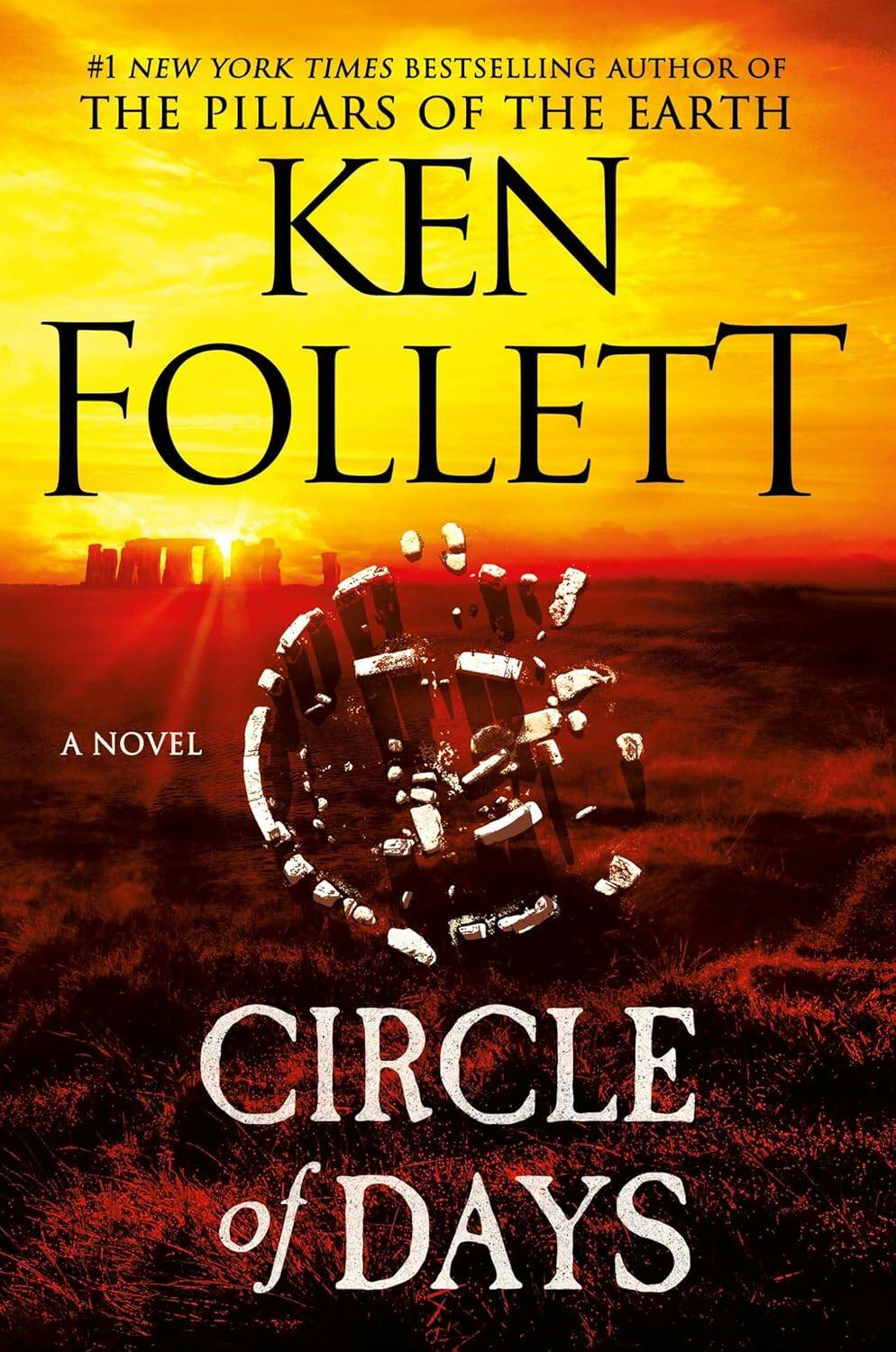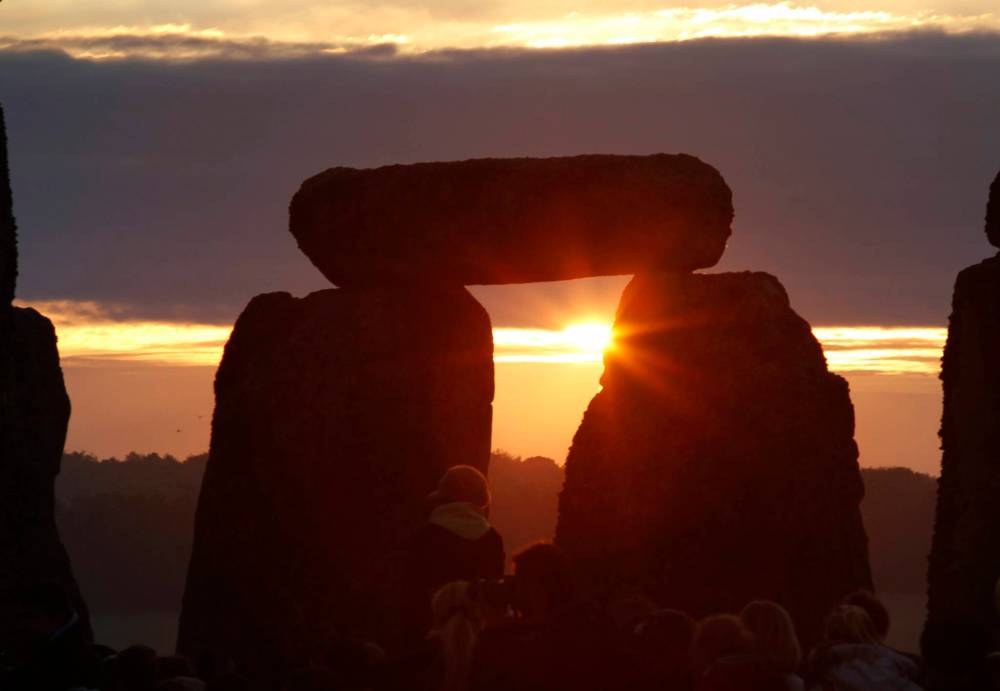Welsh author Ken Follett’s latest work of historical fiction is, shall we say, monumental in scope.
Follett is best-known for his 1989 epic novel The Pillars of the Earth, historical fiction set in 12th-century England. The book centres around the building of a Gothic-style cathedral in a remote English community.
Similarly, Circle of Days tells the story of prehistoric peoples building the famed Stonehenge monument.

Circle of Days
Readers may be reminded of Jean M. Auel’s Clan of the Cave Bear series, which also examines themes of community, family, survival and even romance among prehistoric humans.
Follett’s novel opens in 2,500 BCE in what is now England, referred to in the novel as the “Great Plain.”
Seft, a talented flint miner and craftsman, is on his way to the monument of the Great Plain to celebrate the Midsummer Rite and welcome the new year.
He longs to reconnect with Neen, the beautiful girl he met last year. He’s hoping her prosperous family will welcome him and he can escape life with his abusive father and brothers.
During the celebrations, Seft meets Neen’s younger sister Joia, who is uninterested in the life of her cattle-herding family. “She was different from other girls in that way… she was fascinated by the sun, the moon, and the stars, and the different ways they moved in the sky,” readers learn of Joia.
The monument fascinates Joia more than anything, leading her to become one of the priestesses who celebrate daily and seasonal ceremonies.
After the vindictive farmer tribe burns down part of the monument, Joia becomes obsessed with rebuilding it in stone. Her dream also inspires Seft, who makes the rebuild his life’s work.
But trouble brews among the tribes as drought ravages the earth, hunger spreads and mistrust grows, even among former allies. The rebuilt monument can either bring the tribes together or tear them permanently apart.
Follett avoids the trap common to many historical novelists (Alison Weir comes to mind) of cramming historical tidbits into every possible scene instead of mentioning them only when necessary to the story.

With one exception: at times, he describes the building process of Stonehenge in painstaking detail that will lose readers uninterested in engineering feats.
Follett slyly includes a few subtle references to present events, even including a #MeToo moment where Joia confronts a senior priestess for abusing her position. “We should care for our young people, not use them for our pleasure. When you are High Priestess, you cannot use the power of prestige of the office to seduce and coerce youngsters. It’s just wrong,” Joia tells her.
The novel logs a staggering 704 pages, and readers may wonder if took longer to build Stonehenge or for Follett to write about it.
However, Follett’s newspaper-like prose and seamless plot lines make this an easy and surprisingly quick read without sacrificing entertainment.
Kathryne Cardwell is a Winnipeg writer.




